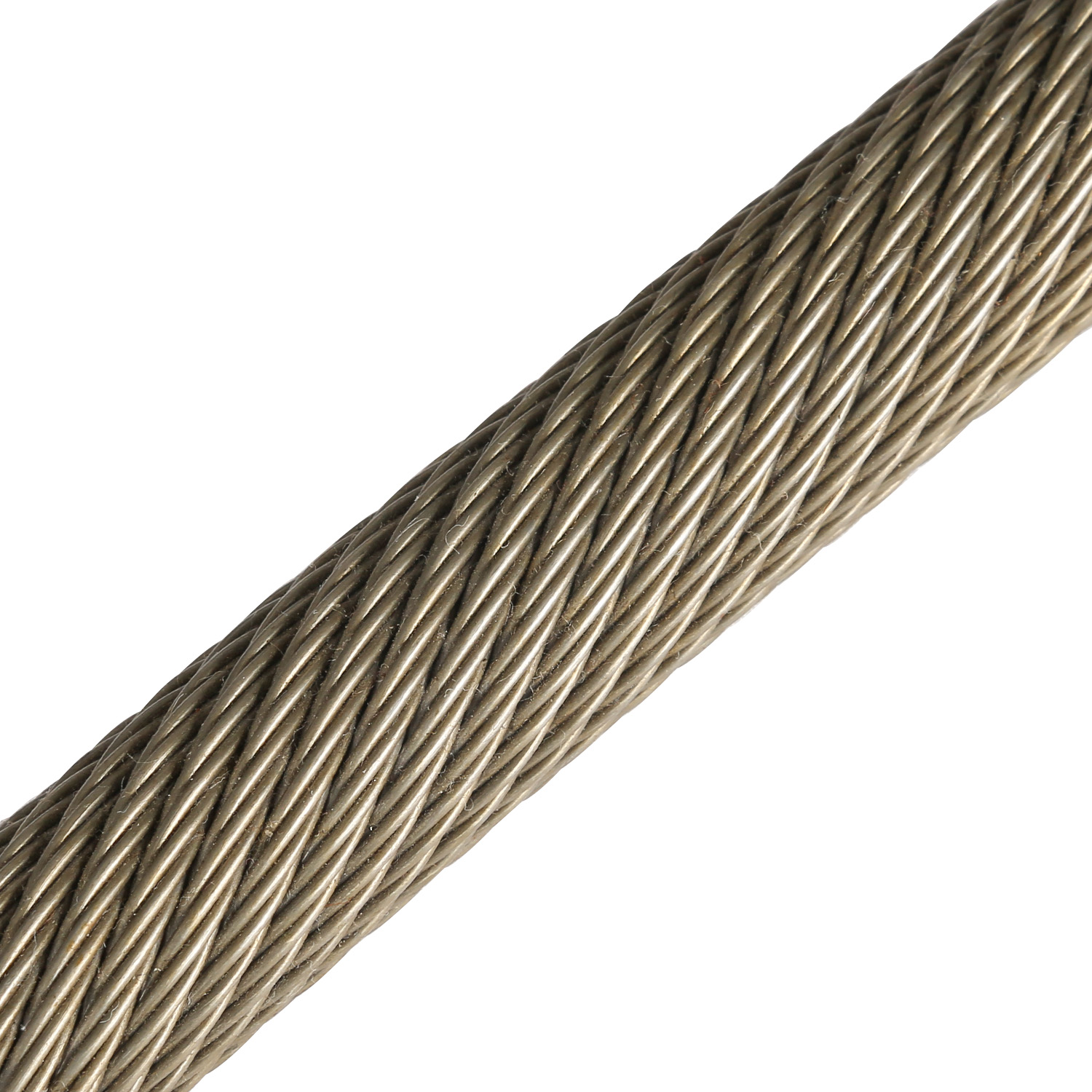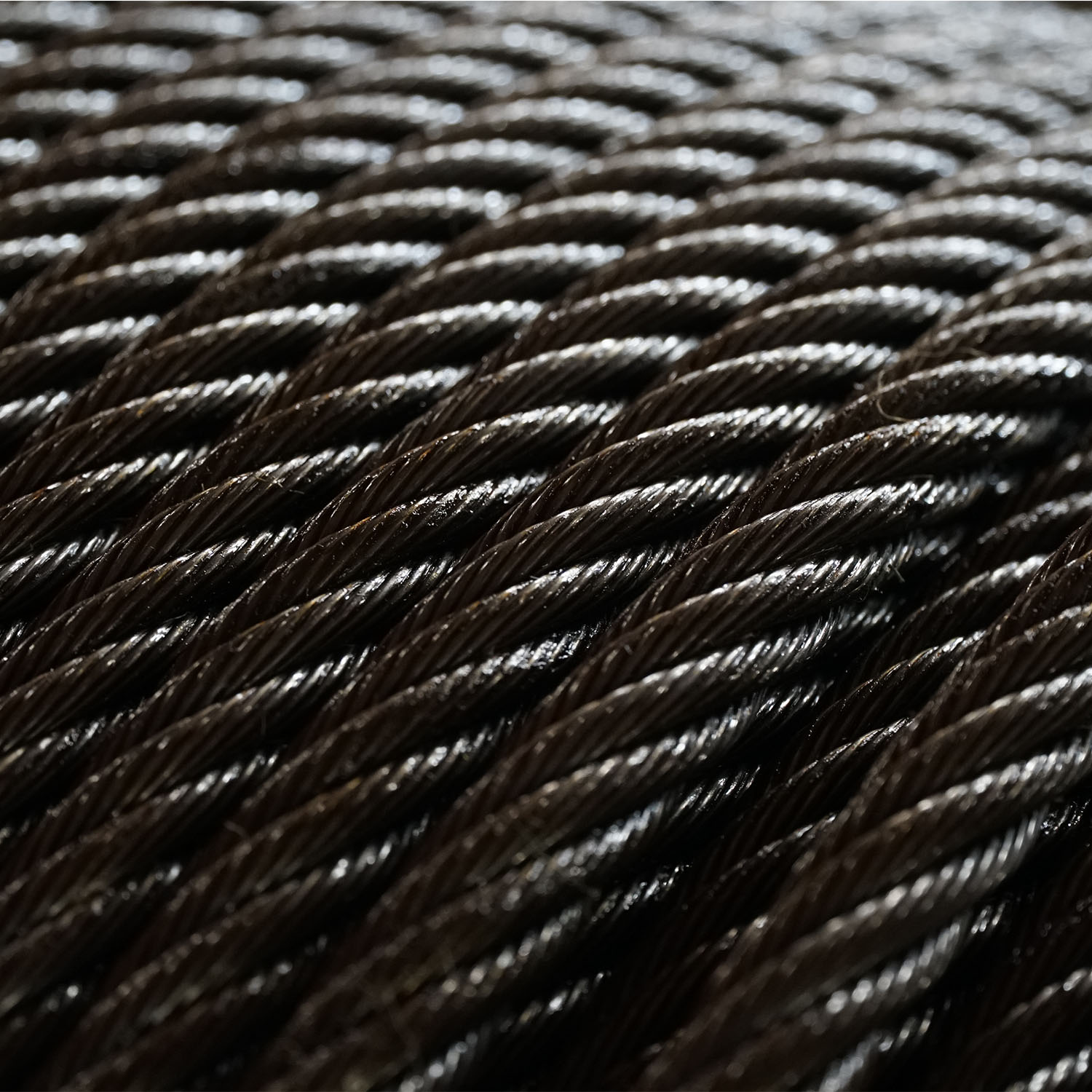Table of Contents
فوائد ربط حبل أسلاك الفولاذ
دليل خطوة بخطوة لربط حبل الأسلاك الفولاذية
بعد ذلك، ستحتاج إلى تشابك الخيوط عند كل طرف من طرفي الحبل لإنشاء لصق سلس. يمكن القيام بذلك عن طريق نسج الخيوط معًا بنمط معين، مثل لصق التاج أو لصق طويل. خذ وقتك للتأكد من أن كل خصلة متشابكة بشكل صحيح مع الآخرين لإنشاء لصق قوي وآمن.
بعد تشابك الخيوط، استخدم المارلين سبايك لإحكام الوصلة والتأكد من أنها آمنة. قد تحتاج إلى ضبط شد الخيوط لتحقيق الضيق المطلوب. بمجرد أن يتم ربط الوصلة بإحكام، استخدم قواطع الأسلاك لقص أي حبل زائد وربط الأطراف لمنعها من التفكك.
أخيرًا، اختبر الوصلة للتأكد من أنها قوية وآمنة. اضغط على الوصلة وتحقق من وجود أي علامات ضعف أو انزلاق. إذا تحمل الوصل الضغط، يمكنك أن تكون واثقًا من أنه تم ربطه بشكل صحيح وجاهز للاستخدام.
في الختام، يعد ربط حبل الأسلاك الفولاذية مهارة قيمة يمكن تعلمها بالتمرين والصبر. باتباع هذه الخطوات واستخدام الأدوات والتقنيات المناسبة، يمكنك إنشاء وصلات قوية وآمنة يمكنها تحمل قسوة الاستخدام المكثف. تذكر دائمًا إعطاء الأولوية للسلامة عند العمل بحبل الأسلاك الفولاذية وطلب التوجيه من المتخصصين ذوي الخبرة إذا لم تكن متأكدًا من أي جانب من جوانب عملية الربط. من خلال الممارسة والتفاني، يمكنك أن تصبح بارعًا في ربط حبال الأسلاك الفولاذية واستخدام هذه المهارة القيمة في مجموعة متنوعة من التطبيقات.
Steel wire Rope is a versatile and durable material used in a variety of applications, from construction to maritime industries. One of the key skills required when working with steel wire rope is splicing, which involves joining two ends of rope together to create a continuous loop. Splicing steel wire rope can be a complex process, but with the right tools and techniques, it can be done safely and effectively.

To begin splicing steel wire rope, you will need a few essential tools and materials. These include a fid, which is a tapered tool used to separate the strands of the rope, a marlinspike, which is a pointed tool used to manipulate the strands, and a pair of wire cutters to trim the excess rope. You will also need a length of steel wire rope and some tape to secure the ends of the rope during the splicing process.
The first step in splicing steel wire rope is to unravel the strands at each end of the rope using the fid. Start by inserting the fid between the strands and gently pulling them apart. Be careful not to damage the individual strands as you separate them. Once you have unraveled the strands, use the marlinspike to manipulate them into the desired configuration for splicing.

Next, you will need to interlock the strands at each end of the rope to create a seamless splice. This can be done by weaving the strands together in a specific pattern, such as a crown splice or a long splice. Take your time to ensure that each strand is properly interlocked with the others to create a strong and secure splice.
After interlocking the strands, use the marlinspike to tighten the splice and ensure that it is secure. You may need to adjust the tension of the strands to achieve the desired tightness. Once the splice is tight, use the wire cutters to trim any excess rope and tape the ends to prevent them from unraveling.
Finally, test the splice to ensure that it is strong and secure. Apply pressure to the splice and check for any signs of weakness or slippage. If the splice holds up to the pressure, you can be confident that it has been properly spliced and is ready for use.
In conclusion, splicing steel wire rope is a valuable skill that can be learned with practice and patience. By following these steps and using the right tools and techniques, you can create strong and secure splices that will withstand the rigors of heavy use. Remember to always prioritize Safety when working with steel wire rope and seek guidance from experienced professionals if you are unsure about any aspect of the splicing process. With practice and dedication, you can become proficient in splicing steel wire rope and use this valuable skill in a variety of applications.
